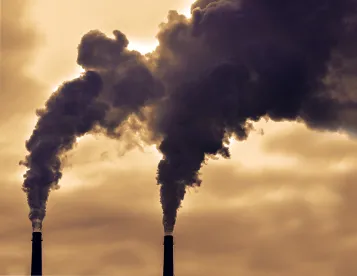Environmental cleanup obligations can be among the most expensive liabilities and complex logistical challenges companies face. While some cleanup projects can be relatively minor in scope and occur in industrial areas far removed from where people live, other cleanup projects are essentially massive construction projects occurring in densely populated residential areas. In the best of times, these projects can involve large numbers of workers, vast amounts of equipment ranging from drilling rigs to barges, and take place over decades. COVID-19 can pose major hurdles to such complicated work.
We have blogged before regarding the EPA’s COVID-related enforcement guidance and the impact of “shelter in place” orders on environmental sites. The EPA issued its new “Interim Guidance on Site Field Work Decisions Due to Impacts of COVID-19” at the end of last week, outlining how parties performing work can best address COVID-related impacts on site work under a range of EPA programs, including RCRA corrective action and Superfund cleanups, and how supervising agencies should evaluate any requests. This new guidance – like the EPA’s prior enforcement guidance – indicates that the EPA intends to evaluate site issues on a case-by-case basis and balance COVID-related challenges with its obligation to protect the health and safety of the public, EPA staff, and cleanup personnel.
Here are five highlights of the guidance:
-
As a general matter, parties should be mindful of any federal, state, or local restrictions on travel or work.
-
Regular, transparent communication with EPA project managers is fundamental to addressing COVID-19 related challenges.
-
In addition to open communications with EPA project managers, parties should consult governing documents such as administrative agreements or consent decrees when asserting that COVID-19 has caused a force majeure affecting site investigation, characterization, or cleanup schedules or work plans.
-
The EPA’s formal force majeure determinations will depend on site-specific circumstances, such as what work is claimed to be affected by COVID-19 and whether failure to continue work could result in an imminent and substantial endangerment to human health or the environment.
-
Parties should be mindful that both onsite and off-site work may be impacted by COVID-19. For instance, laboratories needed to process samples may be closed or affected by “shelter in place” orders, or material needed to complete work may not be available, because it has been diverted to address COVID-19 related issues elsewhere. The guidance, however, recognizes that some site-related work, including preparation of investigation reports, modeling, negotiations between parties, and preparation of progress reports can be conducted virtually. Work that can be conducted virtually should continue.



 />i
/>i

